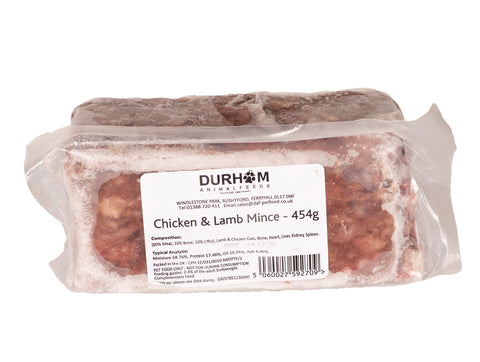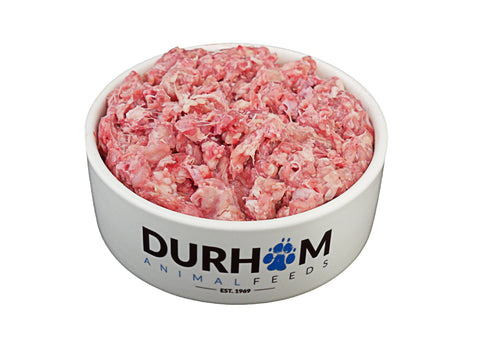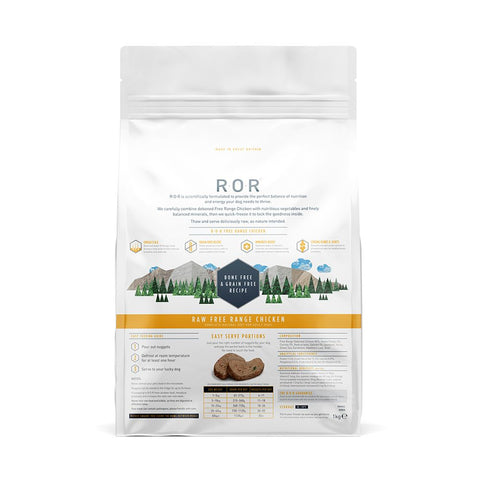How to Feed Malawi Cichlids

Mbuna (rock dwelling) have a digestive system that is twice as long as most other fish. This is because in the wild they live on a diet of aufswuch which is predominantly algae and small inverts and crustaceans that live in the algae. This aufswuch also contains a lot of grit etc. The reason for the long digestive system is so that the fish can get the most out of their food. It should also be noted that the food that they eat in the wild has a moisture content of about 90% whereas the dry flake food that we normally feed has a moisture content of about 5%. This is a massive difference, consequently, you do tend to see a lot of mbuna with bloated bodies and of course fish developing Malawi Bloat.
What we feed our fish is important as the wrong type or the wrong amount can lead to bloating or oversized fish. Tank reared fish grow much bigger than they would in the lake and this is not desirable.
There are many foods available; we feed Tetra pro-Algae, Nutrifin Spirulina and frozen Malawi food. It is important not overfeed your fish. Mbuna will be feeding and scraping all day long and if you were to feed your fish 3 or 4 times a day they would eagerly eat it up, don’t forget dry food is much more concentrated than their natural food and it is made of much more quality ingredients. We feed 4 or 5 times per week. This has the benefit that it encourages the fish to graze off the glass and rocks promoting their natural behaviour which in turn helps to keep their teeth short, which is important for when they decide to attack each other.
When going on holiday it can be fatal to leave the feeding up to someone else. You can quite comfortably leave them without food so long as you put your tank lights on for 14 hours per day. This encourages algae growth which will feed your fish. Bear in mind that females will go 3 to 4 weeks without food when they are carrying eggs/young.
Algae rocks are another way to feed your fish when you are away or just even to promote natural behaviour. They are quite simple to prepare. If you get some pebbles in a tray and place some used tank water in it (tank water will have nutrients in it) covering the pebbles, place it in the sun outside they will soon develop algae you can even add liquid fertiliser to the water.
If you want to leave someone in charge of feeding you can place the required amount of food in an ice cube tray, with water and freeze it. Then the feeder only needs to drop an ice cube in each day. This is a good method as it adds moisture to the food.








